As we did on Unity, a game for adults and got an audience of "up to 10 years"

Happy, Habr!
Remember as a child, in the intro of a cartoon about ducklings there was a moment when the greedy Scrooge takes something valuable in the dungeon, after which the floor begins to collapse, and he drags along with the tribe ducks to not die ... Stop. But this is an interesting mechanics for a mobile game!
')
If we put obstacles in the way of a character who is fleeing from destruction, we will get a logistics task - how can I run here so as not to flop. And if the obstacles are diverse, the floor is multilevel, and something else can be moved, jumped, reached ... In general, the setting was chosen)
And although the genre of the game can be defined as Arcade / Puzzle, the difficulty levels are more suitable for adult players. And this is what is needed - after all, it is generally known that inaps come mainly from adult players
After 3 months of development, a demo version was received, containing 8 levels of varying difficulty and stuffed with Google Analytics tracks. Here you need to make a digression ... I developed for myself such a strategy for placing games on the Market: first, a playable demo is created, thickly covered with analytics, and released to the market. It hangs there for a month, 1000 people will play it, and you can already say whether the game is like or not, which levels are too easy for people, which are difficult and which obstacles are insurmountable. Due to poor learning at the beginning of the game, for example
Lyrical digression
This is our second game. The first was a 2D puzzle, relatively uncomplicated. Nevertheless, the first pancake did not come out at all - for the year it brought us more than $ 10,000 with almost zero promotion costs. But it was decided not to dwell on flat puzzles, and explore new niches
The fall
The most valuable thing in the demo version is the ability to assess the complexity of the game. I call it the “complexity curve”. Ideally, it seems to me, it should be:
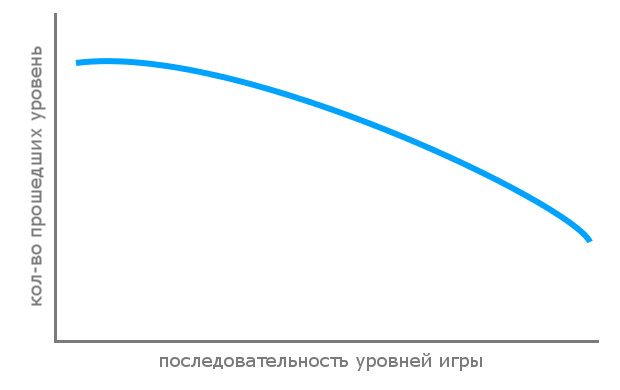
What we had:

Obvious places "gags", not surmountable for most players. What is the matter? Here again the analyst comes to the rescue ...
Since the game mechanics is built on the fact that the player tries not to fall on his way from the beginning of the level to the airship, which takes him to the next level, we added logging of the player’s falling places on the level. Let's build a map of falls according to the logs:
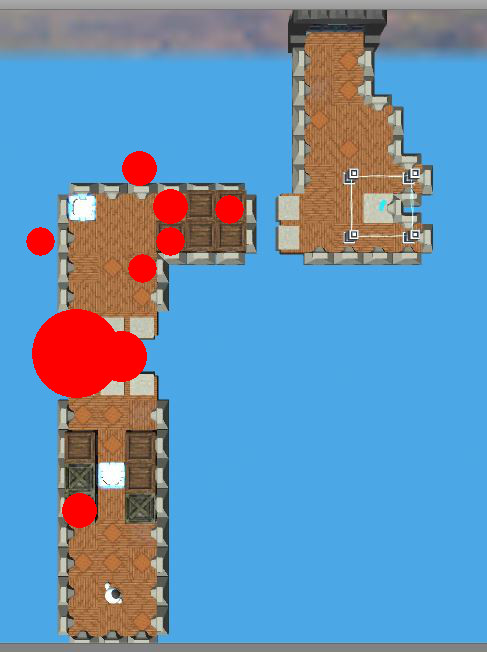
Well, ok, everything is clear here - the players are falling, unable to jump over the first level cut. It is necessary to add more clear learning jump
One of the levels confused me: almost all the places of the fall were far beyond the playing field. I puzzled for a long time, until I let my colleague play a game. The fact is that we had one element there, which flew up at the level destruction ... It turned out that it is possible to cling to it and safely soar towards the heavens. Oddly enough, at least 80% of users did it! Cunning))
Age
Giving my nephew a game of play, I was surprised to find that the game was completely passable by a 6-year-old boy. The question began to torment me: what age are our users?
We have a user account! If he has indicated his age there, we will recognize him. And, stop ... and if an adult gave the child play on his phone? No, it will not work. As a result, I did a week-long experiment, during which the users were forced to answer the question about age after installing the game:
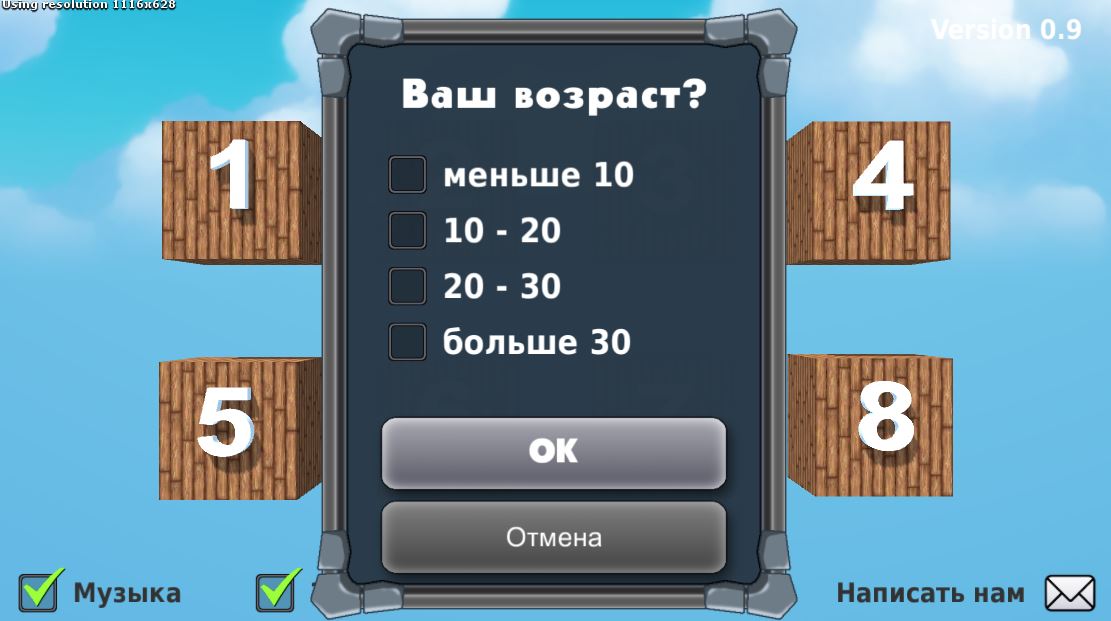
The result I was somewhat discouraged, because he looked like this:
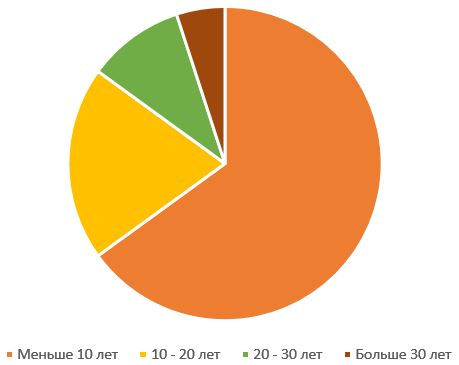
Yeah, most of the players are kids. Children's icon with a robot and bright screenshots with cubes did the trick. Well, well, take note
About psychology
Do you know what I understood while watching my 6-year-old nephew playing? First, children's motor skills and the ability to quickly manage a character surpasses the skills of all adults I gave the game! At the same time, if the level is non-linear, and in it you need to find a non-standard obstacle bypass, or just use the not the most obvious route - the child cannot do this. It is as if he does not have a level card in his head, he does not solve the logistical problem - he just runs forward as quickly as possible.
The most interesting thing is that the flexibility of game mechanics allows you to compensate for the lack of speed - thinking, and vice versa. Thus, the game turned out both for different ages, and for different styles of play
Finally
So that you do not kick me hard for the lack of technical details, catch the pretty screenshots from the game:

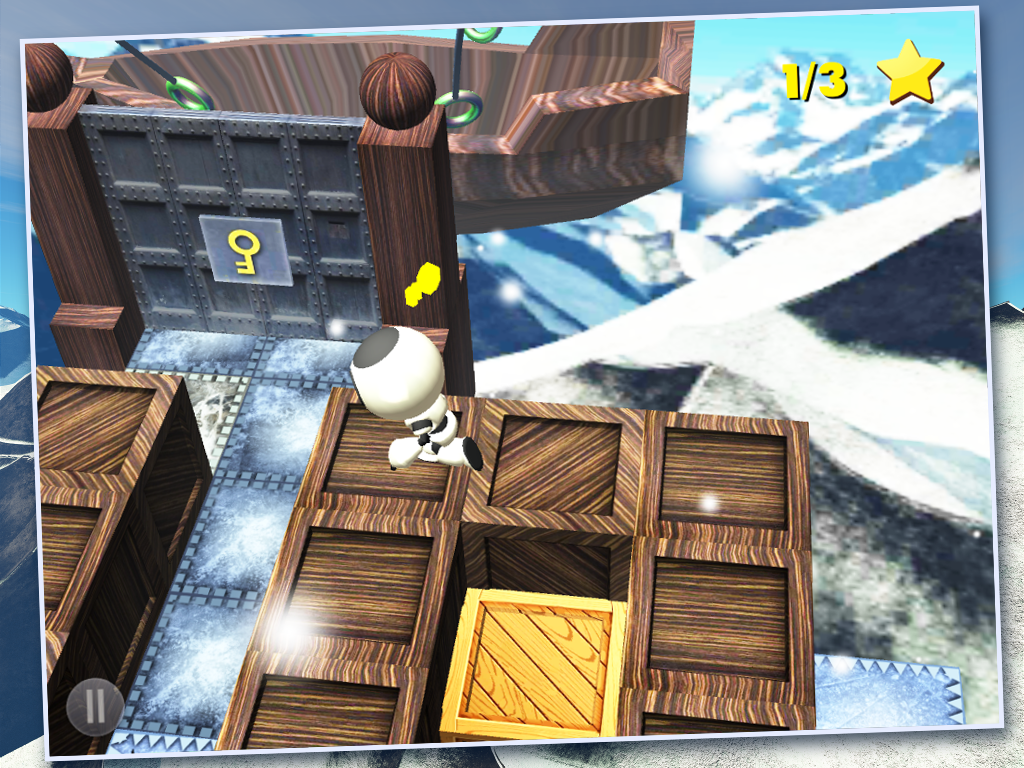


I am pleased to write another article about the game on any of these topics:
• How to make analytics in the game using Google Analytics so that it does not hurt painfully
• How to draw fit textures in GIMP, eager to hire a full-time designer
• Unity Sounds Manager in 5 minutes
• ready to listen to other wishes!
Source: https://habr.com/ru/post/273985/
All Articles